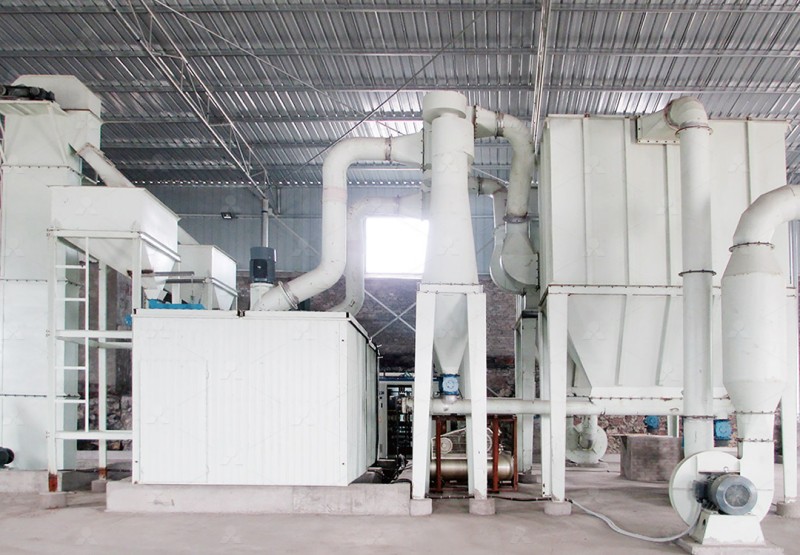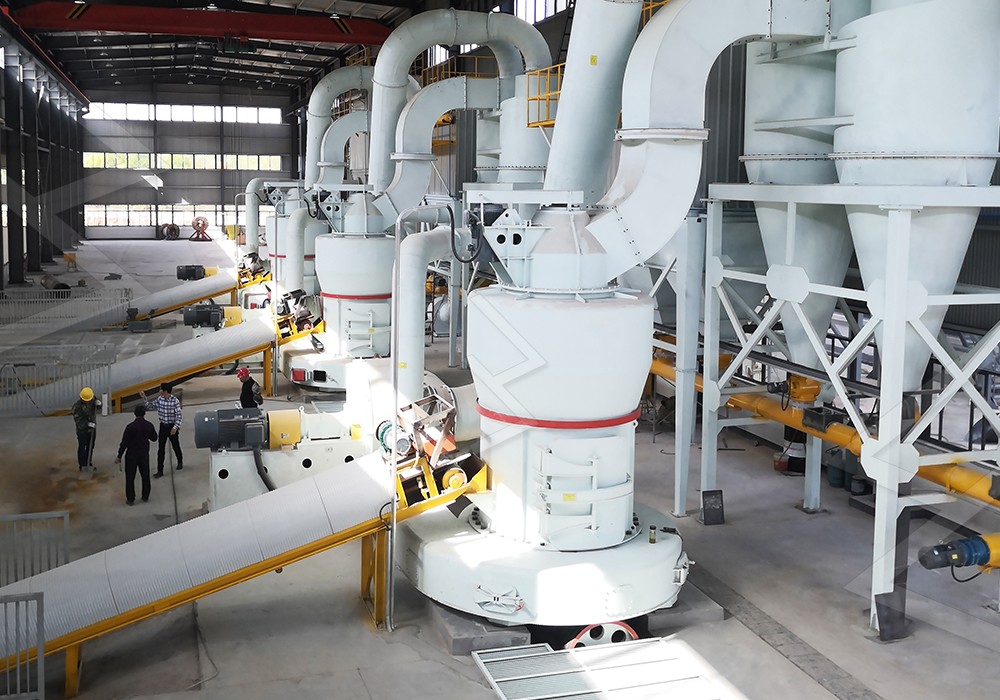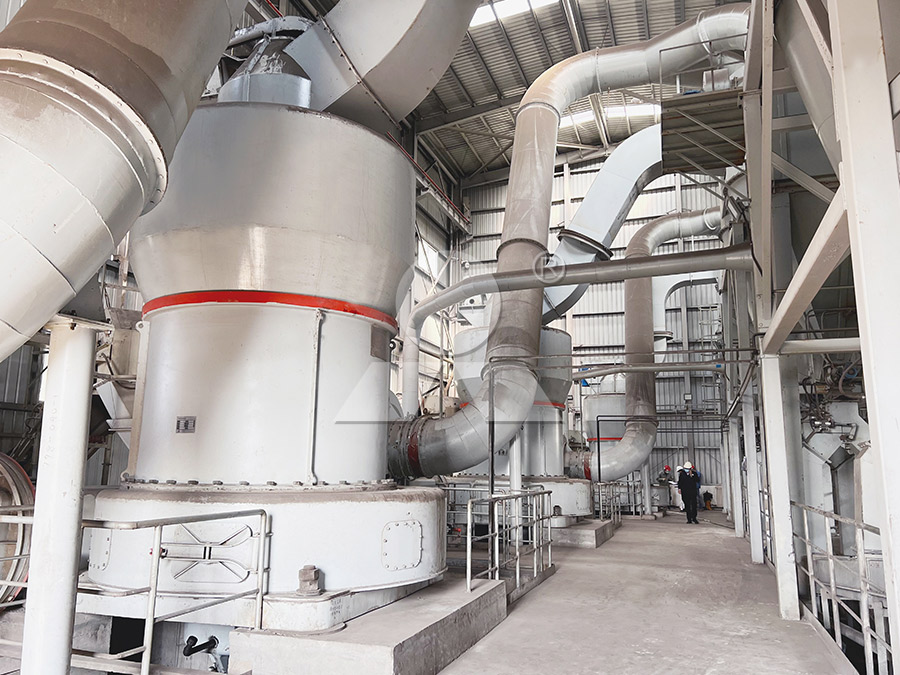New Limestone Grinding Mill: Enhancing Efficiency in Powder Processing
New Limestone Grinding Mill: Enhancing Efficiency in Powder Processing
The powder processing industry continues to evolve with increasing demands for higher efficiency, finer particle sizes, and more environmentally friendly operations. Limestone grinding, in particular, presents unique challenges that require specialized equipment capable of delivering consistent results while minimizing operational costs.
Modern limestone processing facilities face the dual challenge of meeting stringent quality specifications while maintaining profitability. The traditional approach using conventional ball mills often falls short in terms of energy efficiency and particle size control. This has driven innovation in grinding technology, leading to the development of advanced mill systems that offer superior performance across multiple parameters.

Advanced Grinding Technology for Superior Results
The MW Ultrafine Grinding Mill represents a significant leap forward in powder processing technology. Designed specifically for customers requiring ultra-fine powder production, this machine incorporates several innovative features that set it apart from conventional grinding systems. With an input size capacity of 0-20 mm and throughput ranging from 0.5 to 25 tons per hour, the MW series offers remarkable flexibility for various production requirements.
What makes this equipment particularly noteworthy is its integrated efficient pulse dust collector and muffler system. These components work in harmony to significantly reduce both dust emissions and operational noise, ensuring that the entire production process has minimal environmental impact. The system’s ability to process materials while maintaining clean operation makes it ideal for facilities operating in environmentally sensitive areas or those subject to strict regulatory requirements.
Technical Innovations Driving Performance
The MW Ultrafine Grinding Mill incorporates newly designed grinding curves for both the grinding roller and grinding ring, substantially enhancing grinding efficiency. Comparative analysis demonstrates that with identical fineness and power consumption, the production capacity exceeds that of jet grinding mills and stirred grinding mills by 40%, while delivering twice the output of traditional ball grinding mills. Remarkably, the system energy consumption is only 30% of comparable jet grinding mills.
One of the most impressive features is the adjustable fineness range between 325-2500 meshes. This is achieved through a cage-type powder selector incorporating German technology, which significantly improves powder separation precision. The multi-head cage-type powder selector can be configured according to specific user requirements for yield, fineness, and sieving rate, with the product fineness achieving d97≤5μm in a single pass.

Operational Reliability and Maintenance Advantages
The engineering team has eliminated rolling bearings and screws within the grinding chamber, addressing common failure points that plague traditional grinding systems. This design innovation eliminates concerns about bearing damage or sealing component failures, while also preventing machine damage caused by loose screws. The external lubrication system allows for maintenance without shutdown, enabling continuous 24-hour operation that maximizes production uptime.
For operations requiring even higher capacity and specialized vertical grinding solutions, the LUM Ultrafine Vertical Grinding Mill offers complementary capabilities. With an input size of 0-10 mm and capacity ranging from 5-18 tph, this system incorporates the latest Taiwanese grinding roller technology and German powder separating technology. The LUM mill’s unique roller shell and lining plate grinding curve design facilitates easier material layer generation and enables high finished product rates through single-pass powder milling.
Environmental Compliance and Operational Efficiency
Environmental considerations are integral to the design philosophy behind modern grinding systems. The efficient pulse dust collector ensures no dust pollution occurs during operation, while silencers and noise elimination rooms work to reduce acoustic emissions. The entire production system is organized according to national environmental protection standards, providing operators with confidence in regulatory compliance.
Digital processing technologies further enhance operational precision. Dozens of numerical control machine lines handle steel plate cutting, bending, planing, milling, and paint spraying operations, ensuring high machining accuracy particularly for core components. This digital approach, combined with comprehensive spare parts support, ensures worry-free operation and minimal downtime.

Frequently Asked Questions
What is the typical energy savings compared to traditional grinding systems?
The MW Ultrafine Grinding Mill reduces energy consumption by approximately 70% compared to jet grinding mills and offers 40% higher production capacity than stirred grinding mills with the same power input.
How does the adjustable fineness mechanism work?
The cage-type powder selector with German technology allows precise control of particle size distribution. The multi-head configuration can be customized for specific production requirements, enabling fineness adjustment between 325-2500 meshes.
What maintenance advantages does the bearing-free design provide?
By eliminating rolling bearings and screws in the grinding chamber, the system prevents common failure points. External lubrication enables maintenance without shutdown, supporting continuous 24-hour operation.
How does the system ensure environmental compliance?
Integrated pulse dust collectors prevent dust emissions, while silencers and noise reduction chambers minimize acoustic pollution. The entire system operates according to national environmental protection standards.
What materials besides limestone can these systems process?
The grinding mills handle various materials including calcite, dolomite, petroleum coal, gypsum, barite, marble, talc, and coal powder, with applications across chemical, paint, cosmetics, pharmaceutical, and food additive industries.
